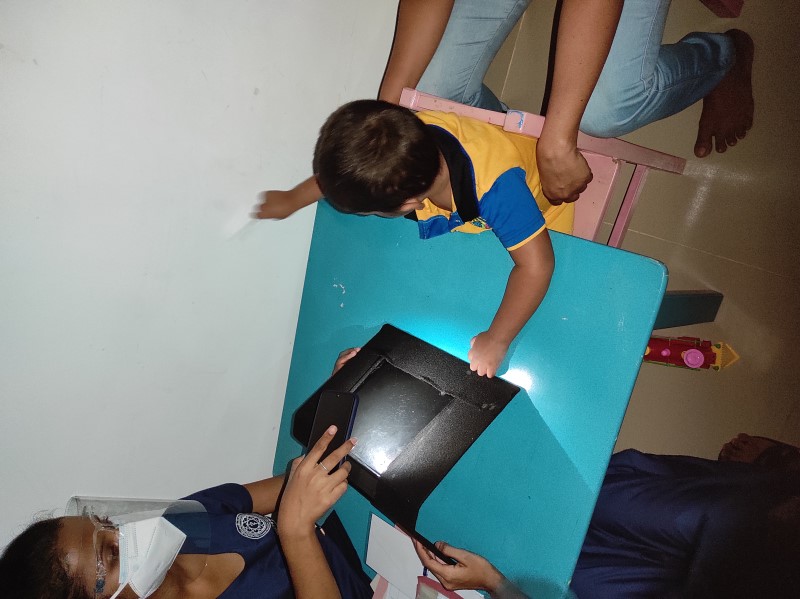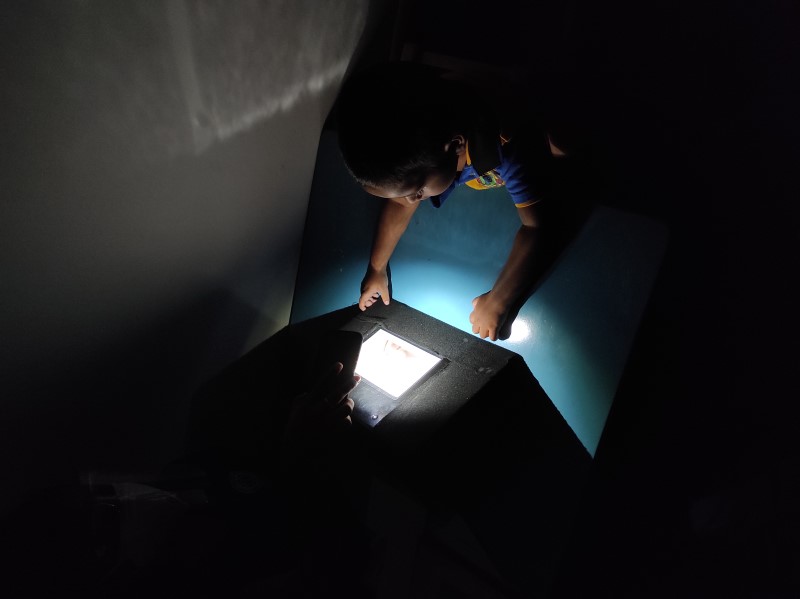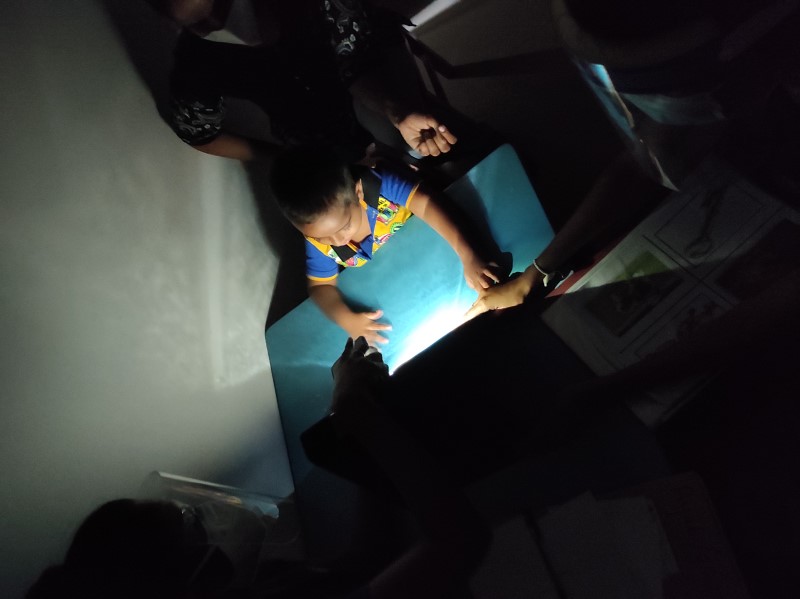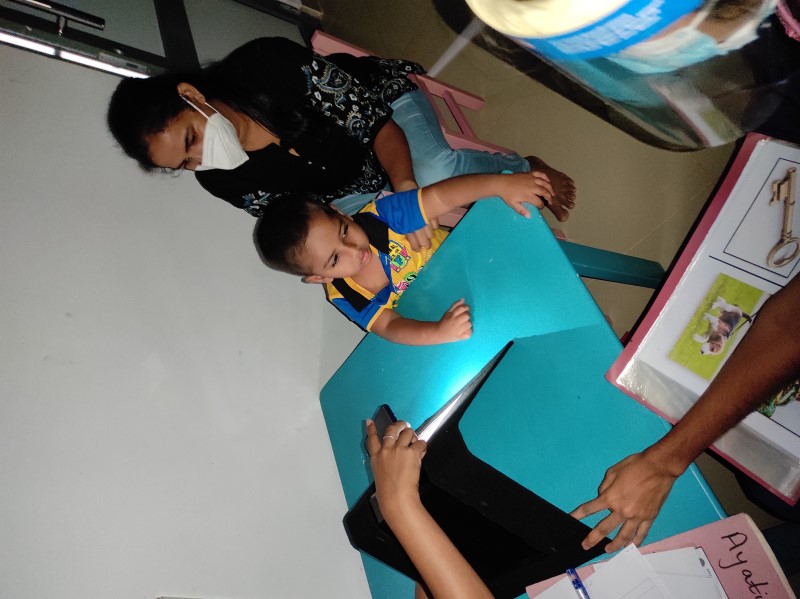Cortico-Visual Impairment (CVI)- What is CVI?- Features of CVI
What is CVI?
Cortical Visual Impairment (CVI) results from damage to visual pathways and the visual processing centres in the brain resulting in impaired vision. Children with CVI may also have a history of birth injury or they may present with behavior difficulties, language delay, difficulties in mobility or often as learning difficulties.
They also may have other conditions such as seizures, cerebral palsy or behavior difficulties.
In this condition the visual system in the brain does not consistently understand or interpret what the eyes see. Therefore, it is important to assess early and give specific interventions to enable neural synapse formation and rewiring in the damaged pathways of the brain.
How does normal vision work?
The eyes take a snapshot of an object. Then the message delivers to the brain through the optic nerves. The brain understands the image and puts together it with other sensory information (hearing, touch, smell, taste). The brain then reacts to the sensory input by sending a motor response to reach for it or to express the word for the picture.
How does vision work in CVI?
The eyes take a snapshot of an object. Then the message is delivered to the brain through the optic nerves. The message is not properly processed or put together because of the abnormal brain function.
Features of CVI
There are ten features of CVI.• Preferred color
• Movement preference
• Preferred Visual field
• Latency ( Taking Time to visually focus )
• Distance viewing
• Light gazing ( Non- purposeful gazing)
• Complexity (Reduce responses when there are too many distractions with visual, auditory, and touch)
• Novelty ( Better responses for familiar objects/ pictures than novel objects/ pictures
• Visual reflexive response ( Eye blink to tap)
• Visual-motor reaching ( Simultaneous vision and reaching )
The Ayati team incorporates CVI interventions in all their early intervention programmes.
There are well trained clinicians who will assess your child to screen for CVI if there are nay risks identified or if you have any concerns. Please speak to your team to get more information
If you have a child diagnosed with CVI,
Please help our team by giving us information about your child’s preferred colour and the side from which he/ she sees best. You can bring your child toys to the clinic because they prefer their own toys to novel toys. Also let us know what is the best lighting that is suitable for your child so that we will adjust the environment lighting in the rooms we will see him/ her.
If your child is attending school we will support your child with CVI accommodations for learning and the necessary technological support please speak to a member of the team.
Our achievements in CVI interventions
- Our team took the initiative to promote publication of large font text books for grade one in the Sri Lankan national education system.
- We have introduced laptop based learning with CVI accommodations for learning to school children.
- Children who received early interventions are learning in the mainstream education system with minimal support
Research
We are undertaking research in the field of CVI assessments and interventions to develop culturally adopted material for Sri Lanka.
Please Speak to your team if you are keen to participate.







